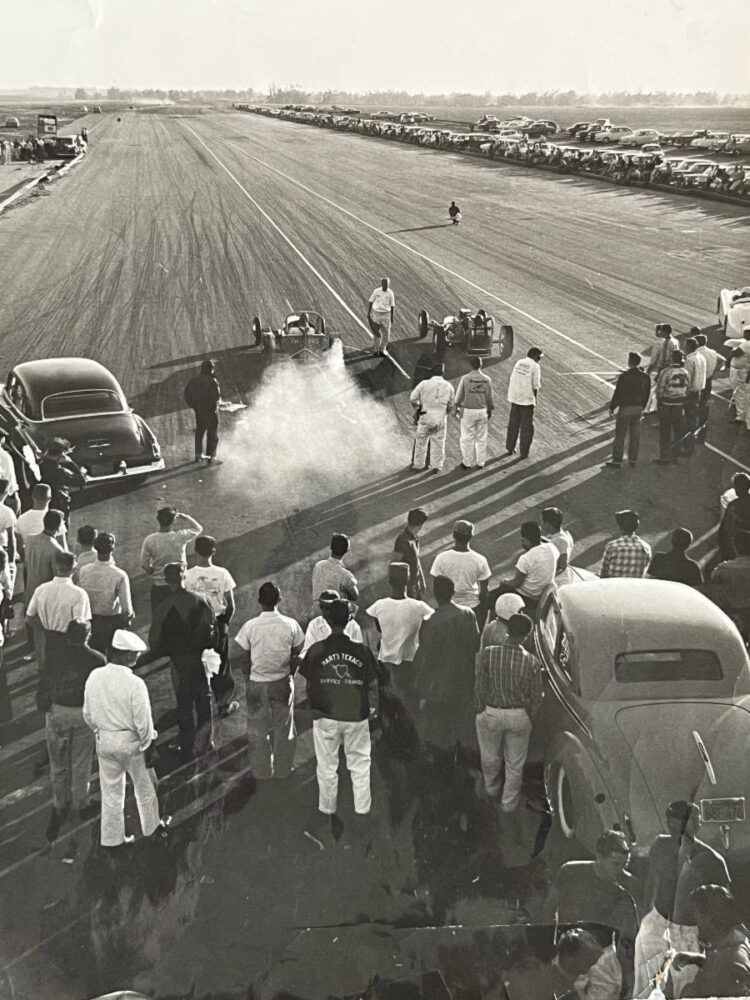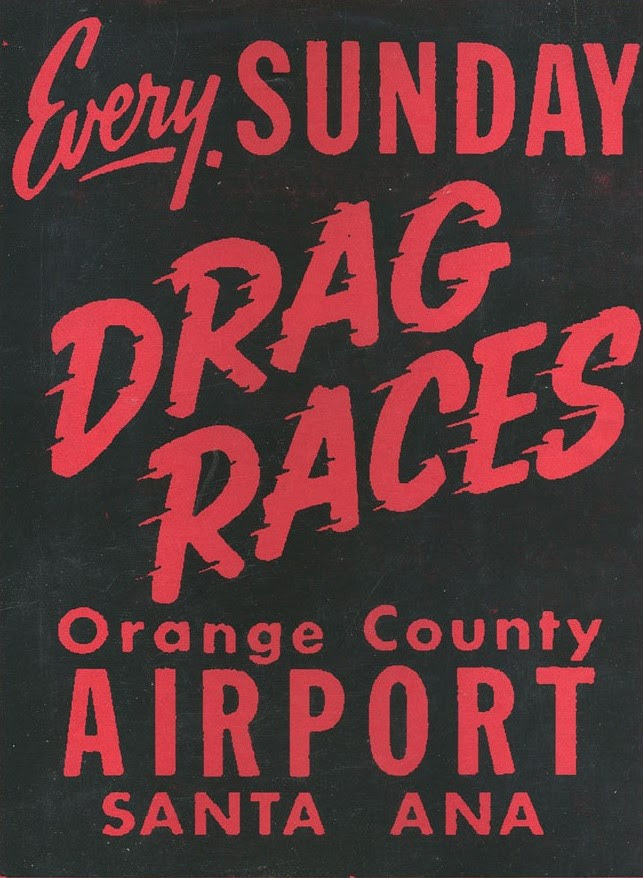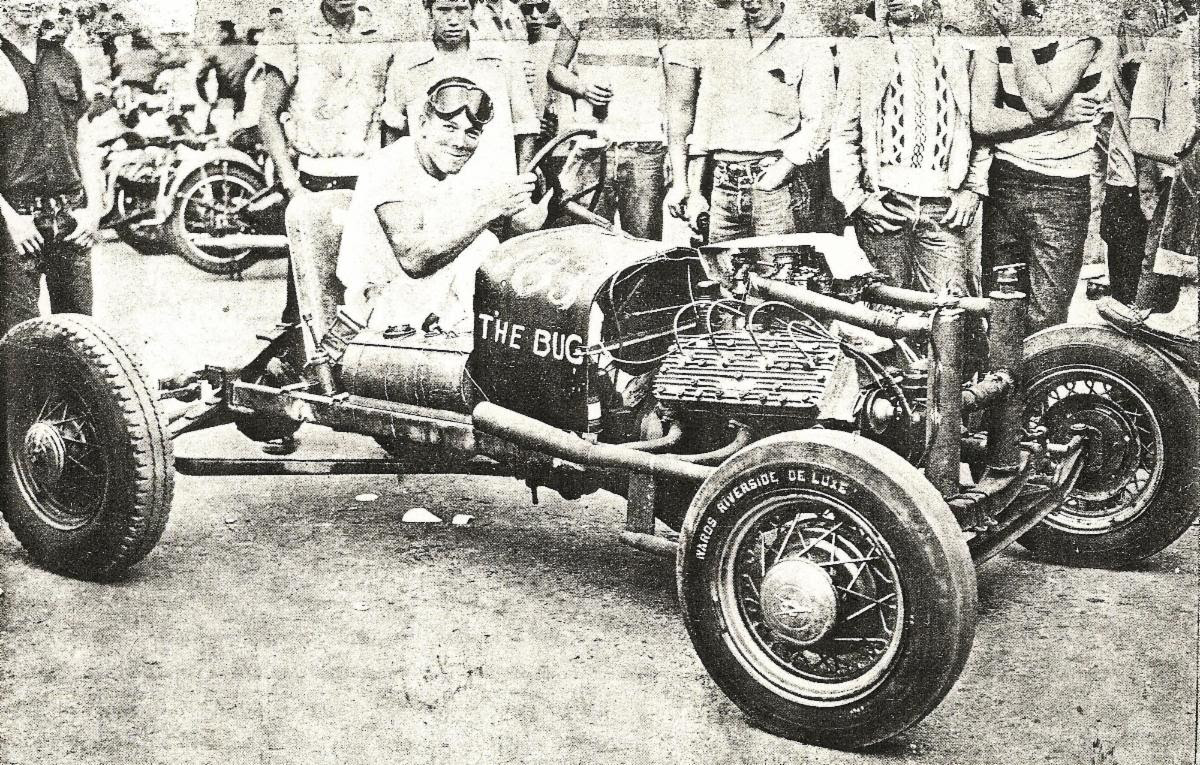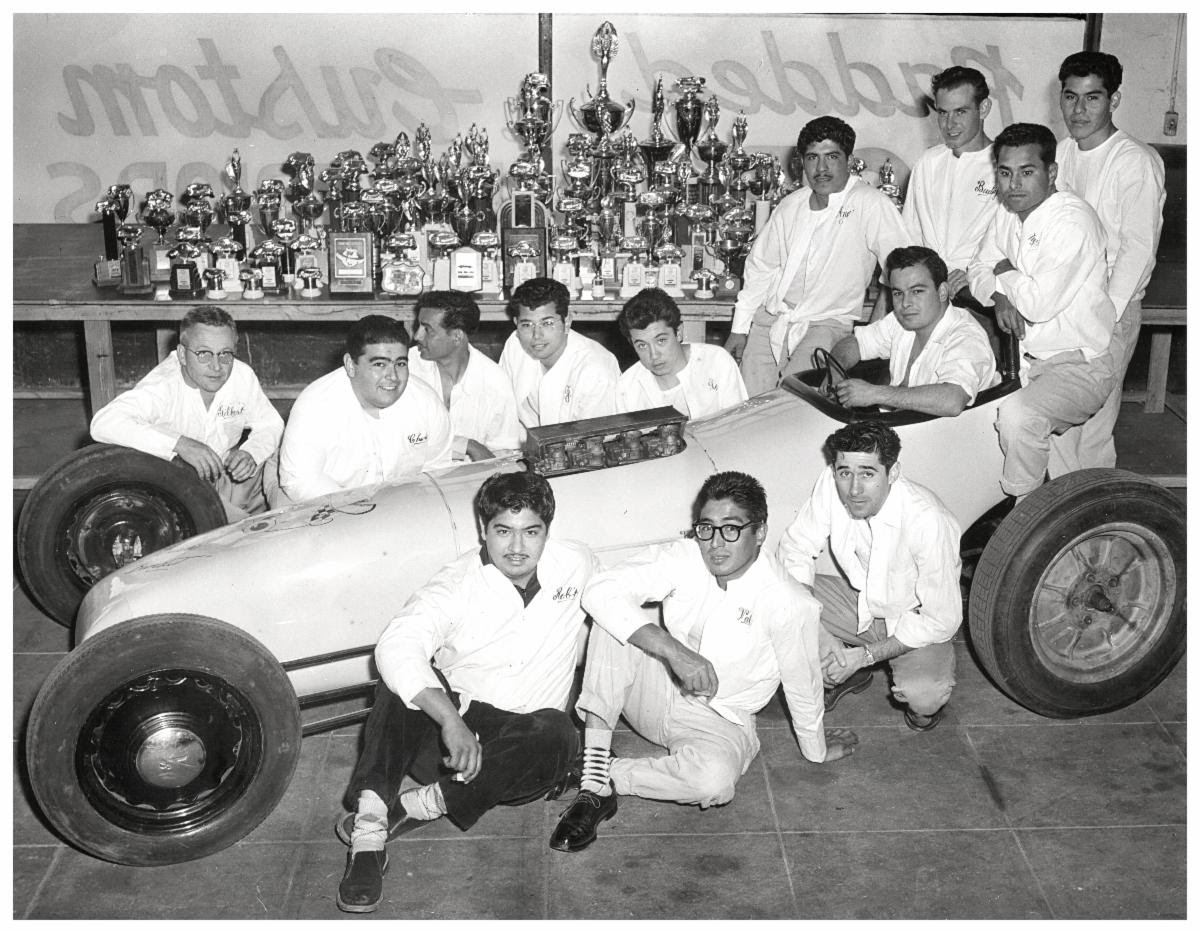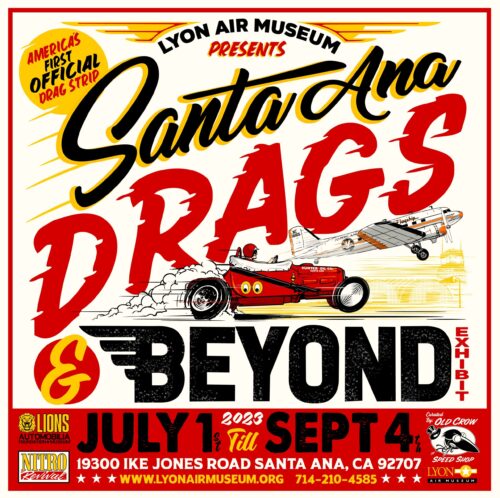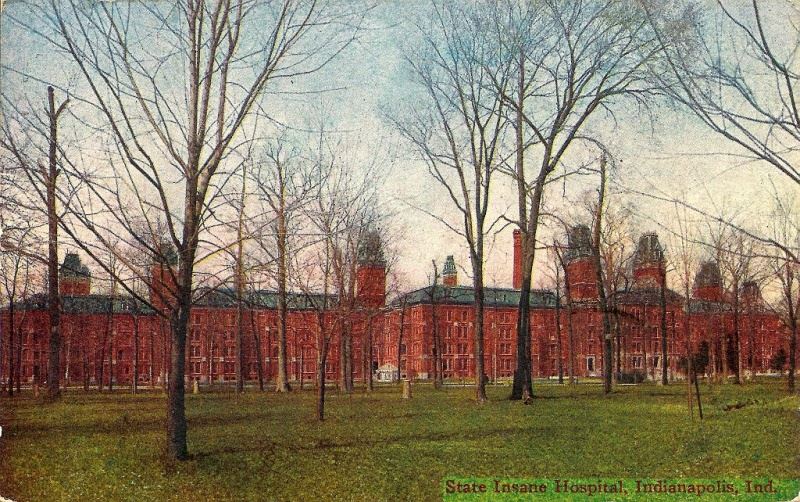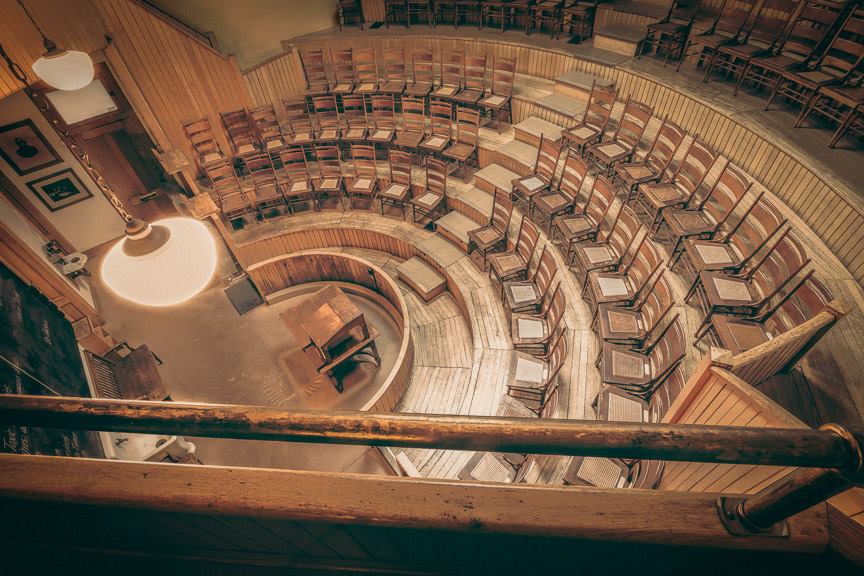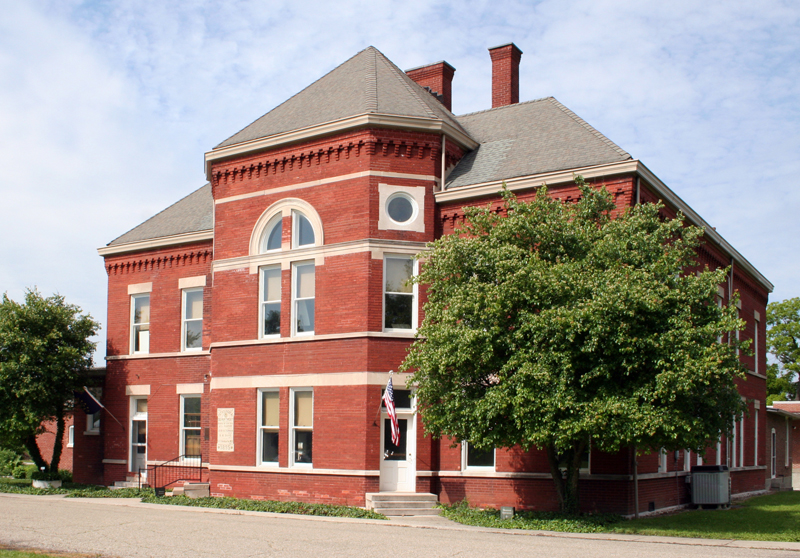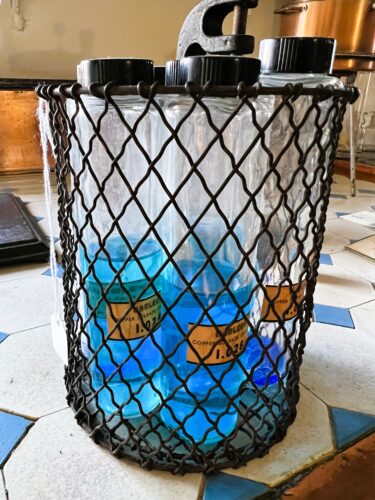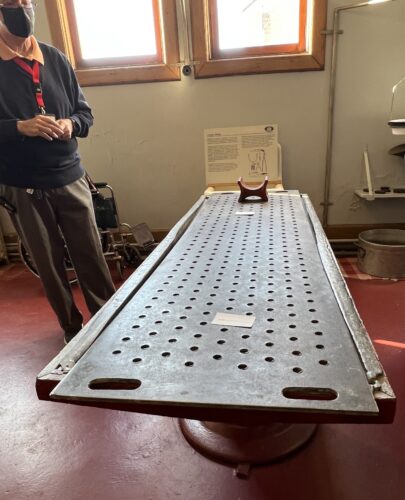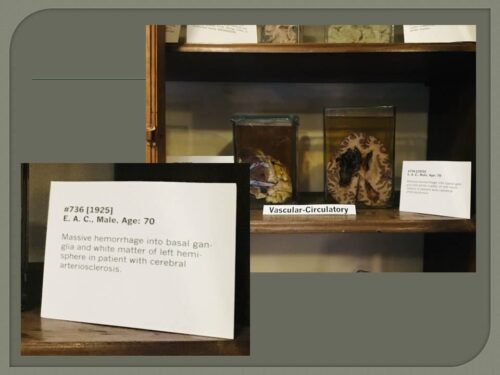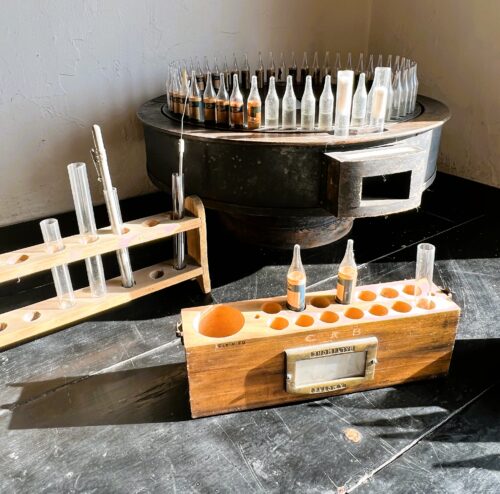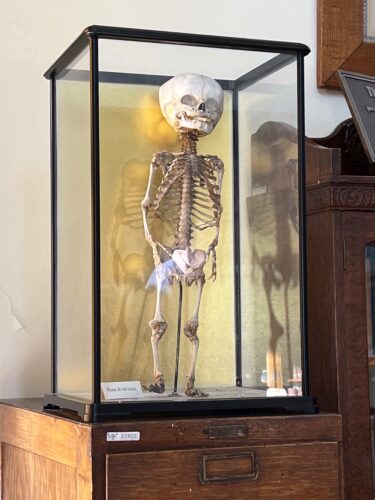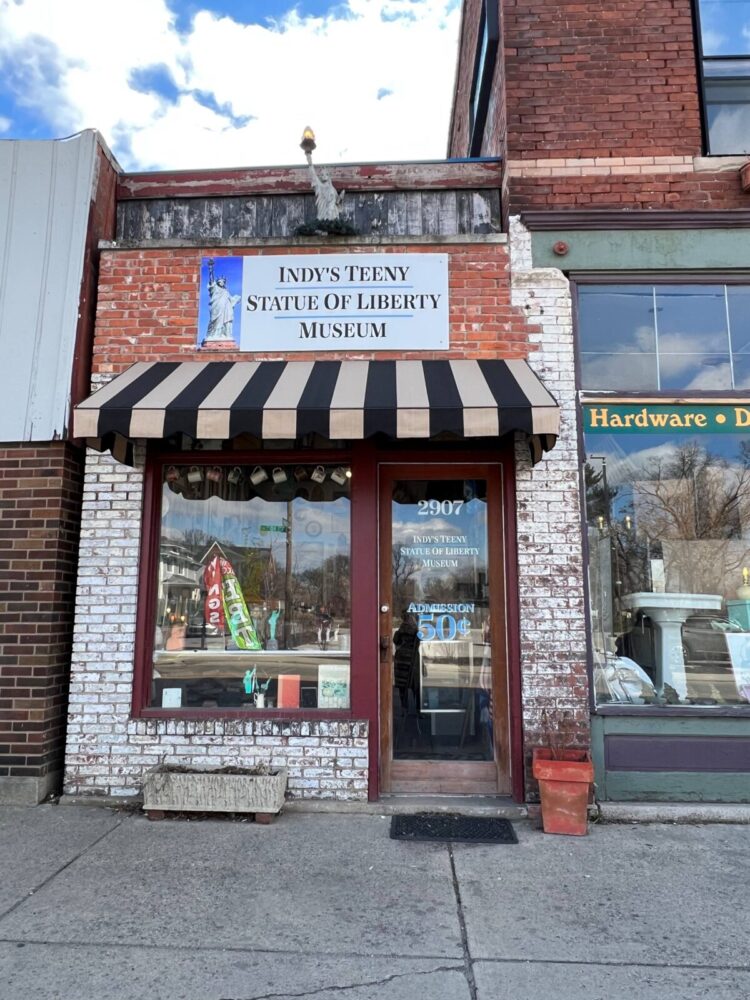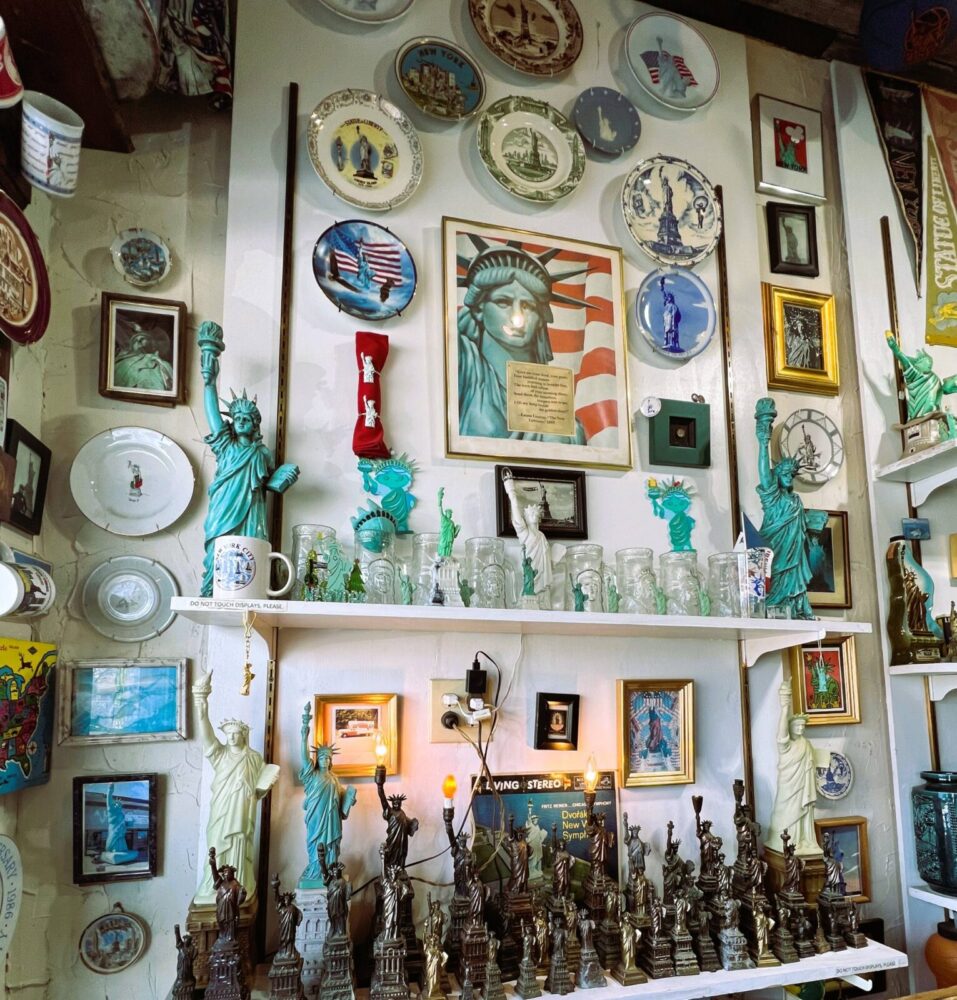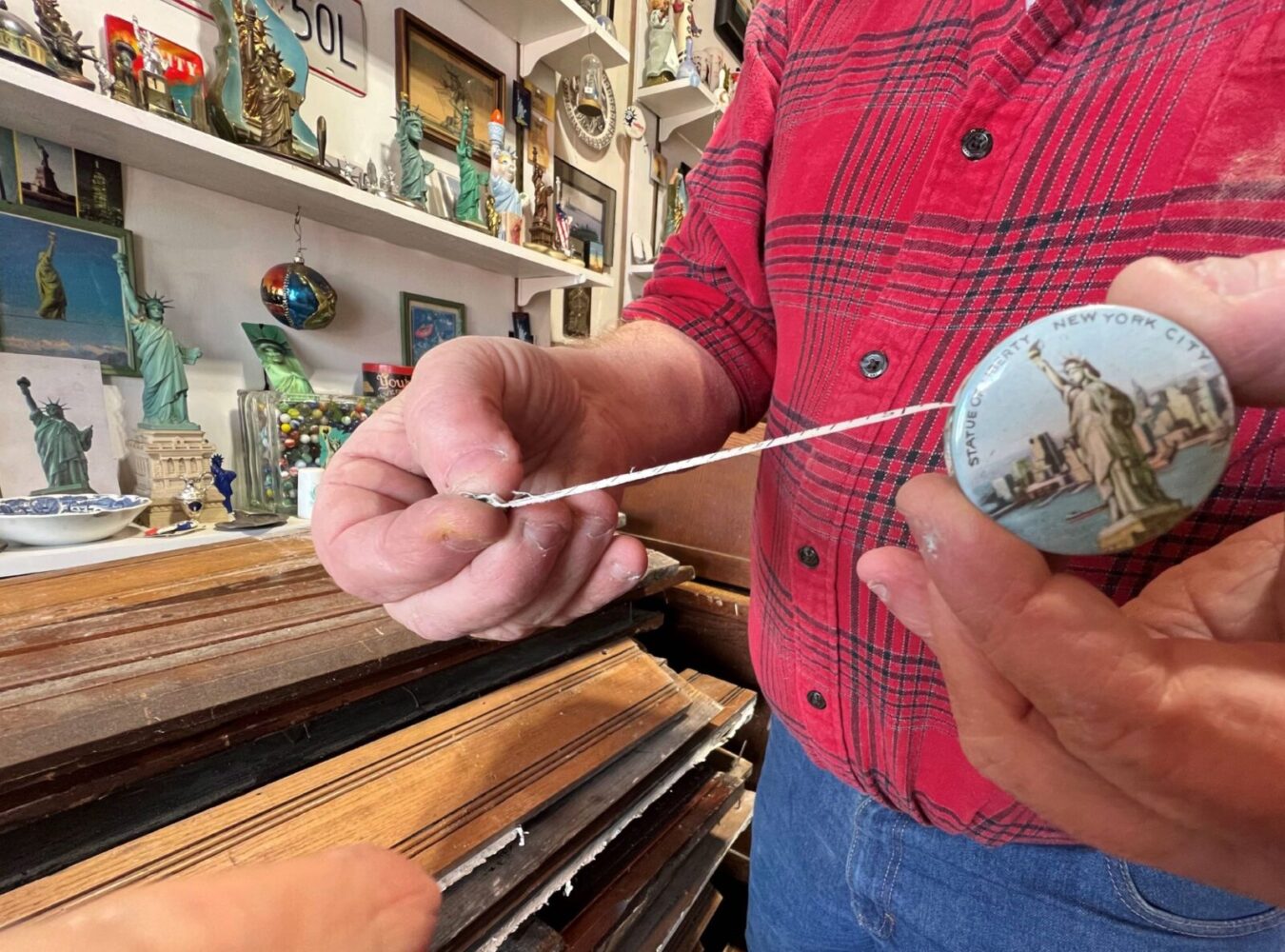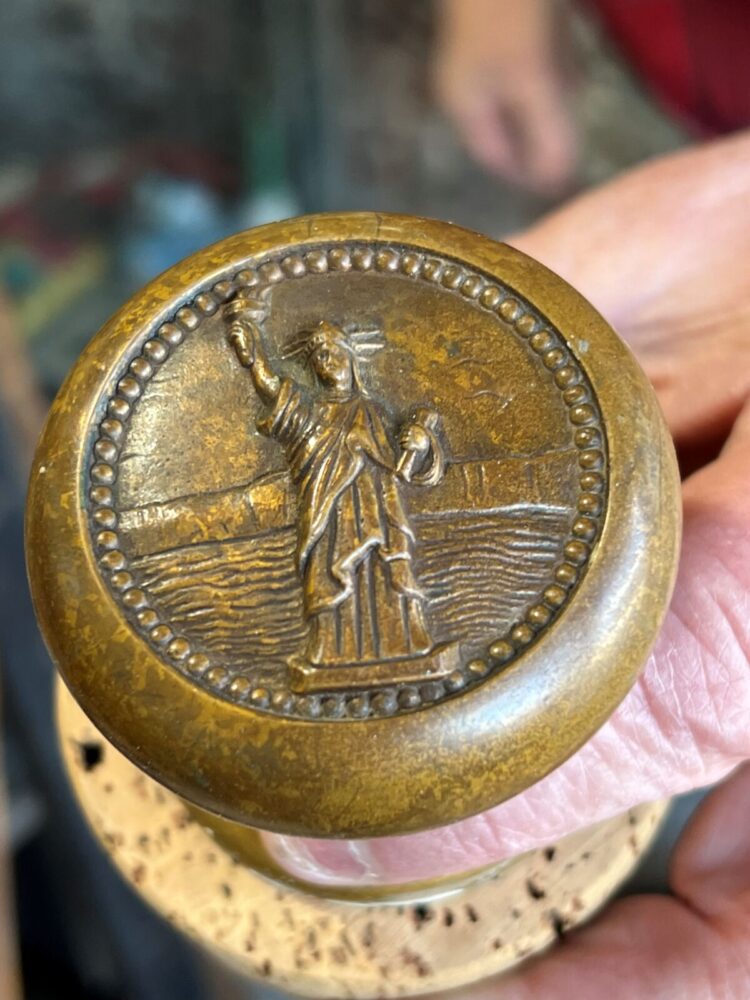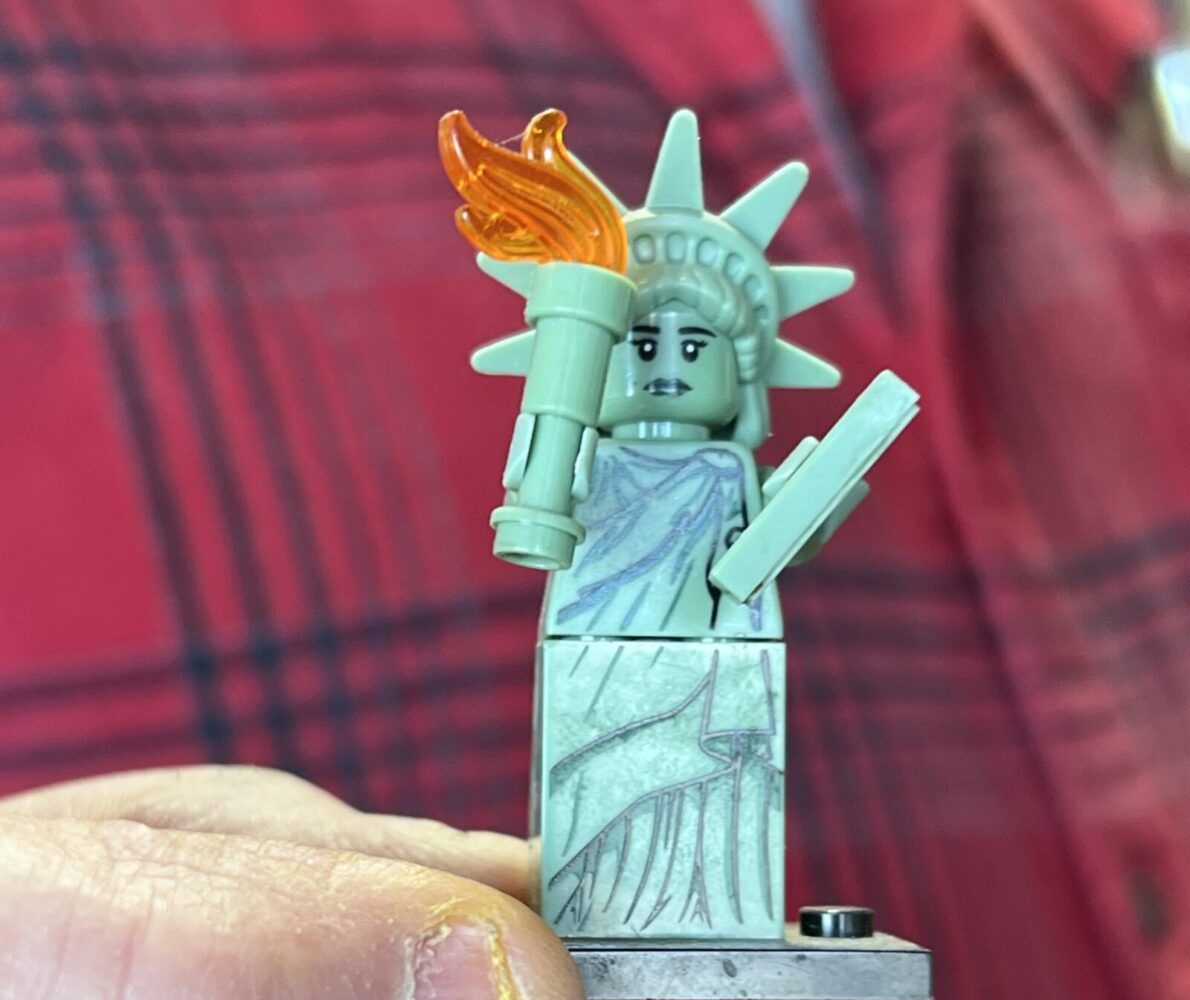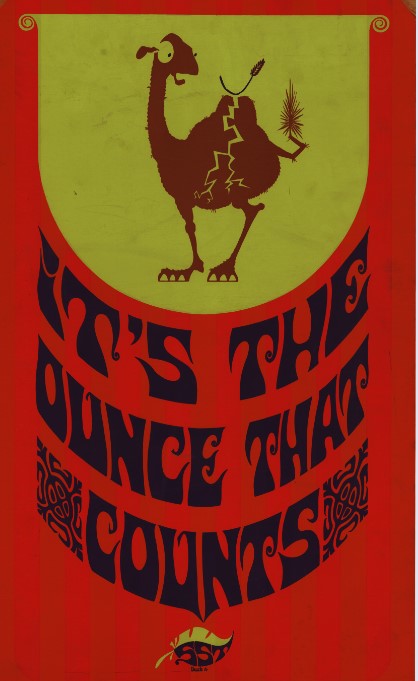
They are easy to miss as you cross the pedestrian bridge connecting the main campus of Seattle’s sprawling Museum of Flight to the museum’s Space Gallery and Aviation Pavilion across the street.
But as part of the delightful Art+Flight exhibit currently underway at Seattle’s Museum of Flight, there is a display of charming motivational posters created for the Boeing Model 2707, a supersonic transport (SST) aircraft developed in the 1960s to compete with the British and French Concorde.
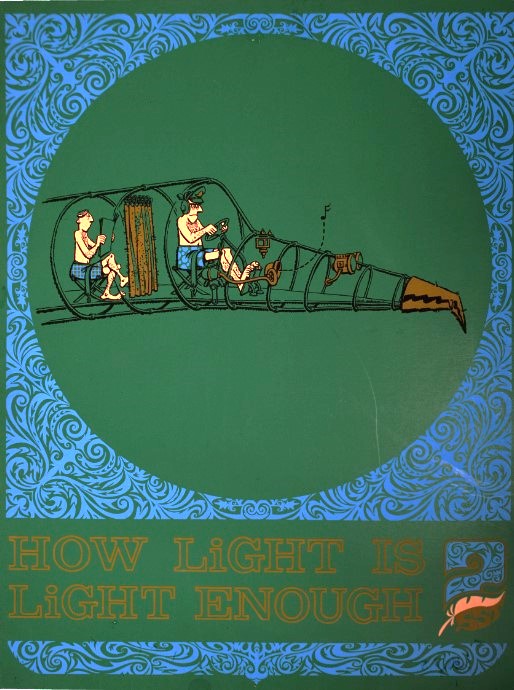
Boeing had a government contract to develop and build the supersonic airliner, but the contract was canceled in 1971 before the prototypes were even completed.
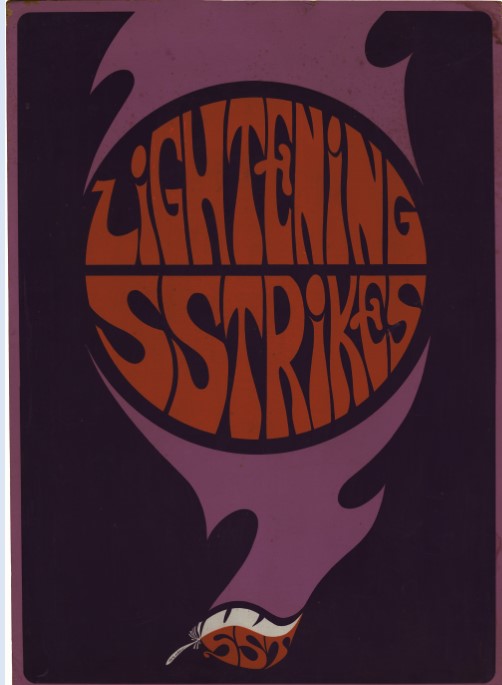
These posters are from the archives of the Museum of Flight, which says all it really knows about them is that they were made as motivational posters for employees working on the 2707 SST program during the 1960s. The colors and imagery clearly take influences from the pop art of the time. And the messages and slogans are all about making the plane as light as can be.
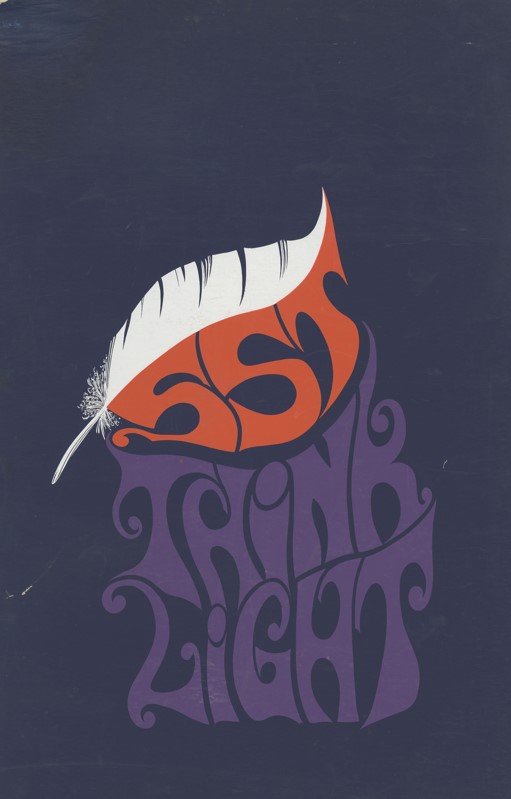
Images are courtesy of Seattle Museum of Flight’s Holden Withington Boeing SST Poster Collection and the Clarence S Howell Collection of Boeing SST Posters
